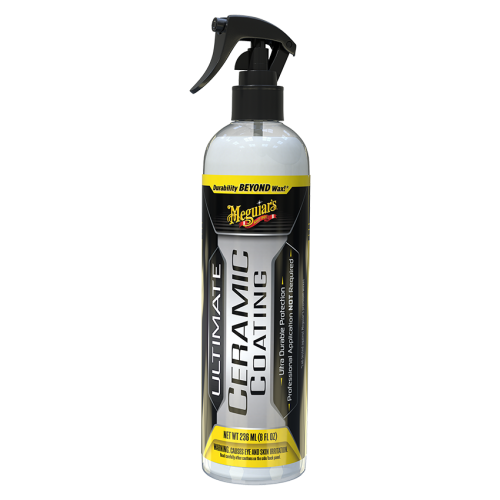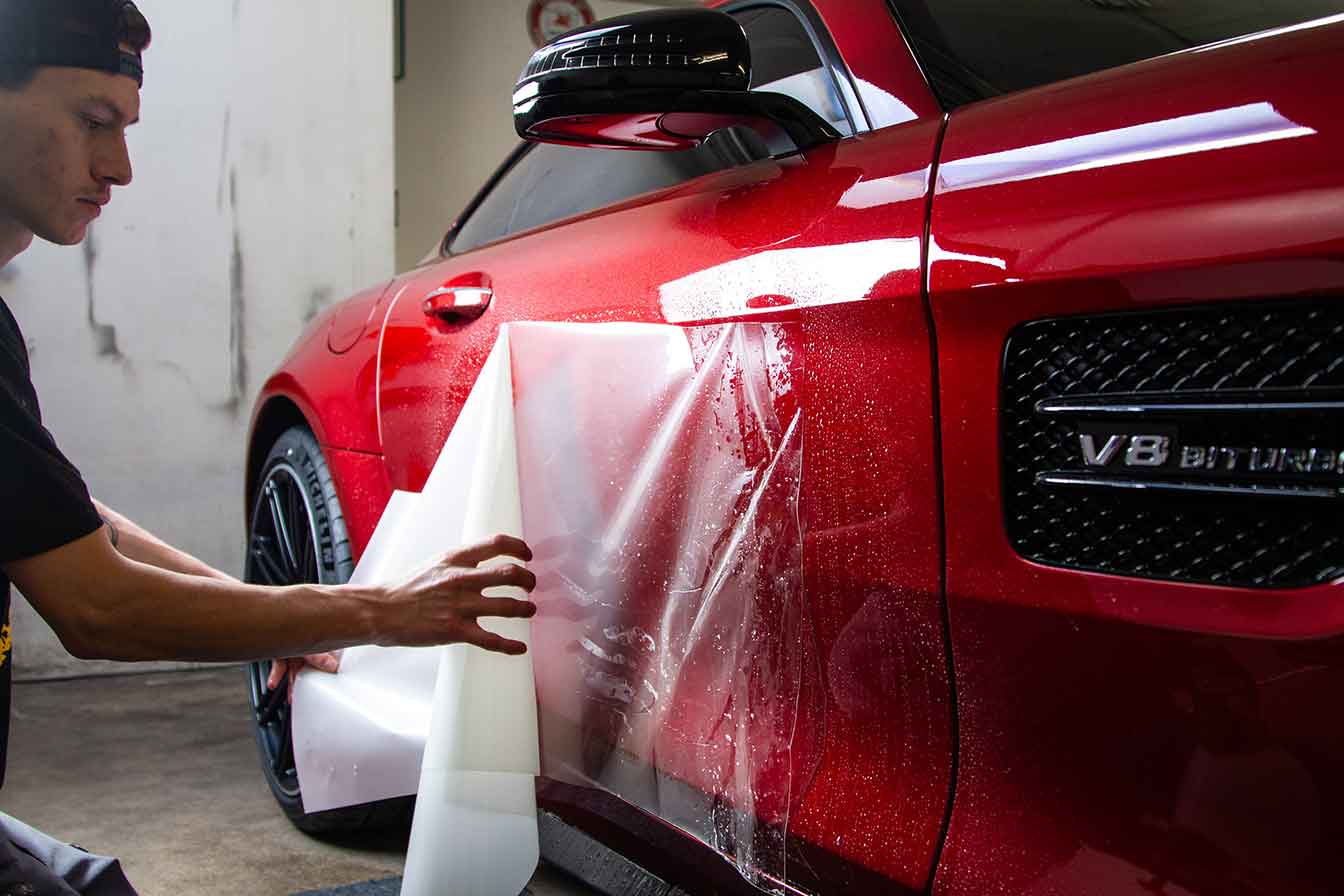A Comprehensive Overview to the Kinds Of Ceramic Finishing on the marketplace
Ceramic finishes have arised as an essential option across numerous markets due to their special buildings and applications. As we explore the distinctive characteristics and applications of these coatings, the implications for efficiency and longevity come to be significantly evident, elevating concerns about which type might best suit your demands.
Understanding Ceramic Coatings
Ceramic finishings are innovative safety solutions that have actually acquired popularity in various sectors, specifically in aerospace and auto applications. These finishes contain a fluid polymer that, when healed, develops a sturdy, hydrophobic layer on the surface area of the substrate. This layer provides improved resistance to ecological impurities, UV radiation, and chemical direct exposure, thus expanding the life and visual appeal of the underlying material.
The basic part of ceramic coverings is silica, which adds to their hardness and toughness. The application process typically entails surface prep work, application of the finishing, and treating, which can be achieved through warmth or UV light. As soon as treated, ceramic coverings show outstanding bonding residential or commercial properties, enabling them to adhere strongly to a variety of surface areas, consisting of metals, plastics, and glass.
In enhancement to their safety attributes, ceramic coatings also supply ease of maintenance. Their hydrophobic nature minimizes the adherence of dirt and gunk, making cleansing simpler and much less frequent. In general, the adoption of ceramic finishes stands for a significant development in surface defense innovation, providing both practical and visual advantages throughout multiple markets.
Types of Ceramic Coatings
Numerous kinds of ceramic finishes are readily available, each designed to meet particular efficiency requirements and applications. One of the most usual types consist of:
Silica-based Coatings, these layers largely consist of silicon dioxide and are recognized for their sturdiness and chemical resistance. They are extensively utilized in industrial and vehicle applications.
Titanium Dioxide Coatings: Popular for their photocatalytic properties, titanium dioxide coatings are often used in settings where self-cleaning and antifungal residential properties are preferable, such as in building products and auto finishes.
Zirconia Coatings are defined by their high-temperature security and thermal resistance, zirconia finishes are made use of in applications such as turbine engines and high-performance vehicle parts.
Alumina Coatings, Exhibiting outstanding solidity and thermal stability, alumina finishes are often utilized in wear-resistant applications, including cutting tools and commercial equipment.
Crossbreed Coatings:Integrating the buildings of various products, crossbreed coverings supply enhanced performance attributes, making them appropriate for special and demanding applications.
Each type of ceramic coating offers distinct objectives, permitting individuals to select the most proper solution based upon certain environmental problems and efficiency requirements.
Benefits of Ceramic Coatings

Along with durability, ceramic coverings provide superb hydrophobic properties, enabling easy cleaning and upkeep. This water-repellent nature minimizes the adherence of dust, crud, and various other contaminants, which can lengthen the visual charm and performance of the surface area. In addition, ceramic finishes can significantly enhance thermal resistance, making them excellent for applications that endure high temperatures.
Ceramic finishings can contribute to energy efficiency by showing warm, which is especially advantageous in vehicle and industrial settings. In general, the countless benefits of ceramic finishings make them a beneficial financial investment for various applications, making sure optimal efficiency and protection.
Application Process
When applying ceramic layers, a thorough approach is important to achieve optimum results. The application procedure normally begins with thorough surface area preparation. read here This entails cleaning, sanitizing, and polishing the surface area to eliminate all impurities, consisting of dust, grease, and prior waxes or sealers. A tidy surface area guarantees correct adhesion of the finish.
When the surface area is prepped, the following step is to apply the ceramic finishing. The coating must be applied in thin layers, as thicker applications can lead to irregular surfaces.
After application, the coating requires a details healing time, generally ranging from a couple of hours to a full day, depending on the product. Complying with these actions carefully will make best use of the efficiency and longevity of my sources the ceramic finish, offering a long lasting protective layer for the surface area.
Upkeep and Long Life
To make certain the durability and performance of a ceramic covering, regular upkeep is necessary. Ceramic coverings, known for their toughness and safety high qualities, need particular care routines to maximize their lifespan and efficiency. The initial step in maintenance includes regular washing with pH-neutral soap, preventing harsh chemicals that can deteriorate the covering. It is a good idea to wash the automobile routinely, preferably every two weeks, to stop the buildup of impurities that could jeopardize the coating's honesty.
Along with normal cleaning, periodic assessments are critical. Look for indications of wear or damage, such as hydrophobic buildings lessening or surface area imperfections. A light polish might be applied to revitalize the coating without stripping it away. if necessary - Ceramic Coating Denver.
Furthermore, the application of a booster spray can enhance the finishing's hydrophobic impacts and restore its gloss. This is particularly useful for layers that have been in usage for a prolonged period. Eventually, by adhering to these maintenance methods, one can substantially prolong the life of a ceramic finishing, ensuring that it continues to provide optimal security versus environmental aspects and maintain the visual you can check here charm of the car.

Conclusion
In conclusion, ceramic layers stand for a flexible option for a series of applications, using a variety of kinds such as silica, titanium zirconia, alumina, and dioxide. Each kind offers unique benefits, including durability, self-cleaning buildings, high-temperature security, and use resistance. The application procedure and ongoing maintenance play important roles in making the most of the longevity and performance of these finishes. Overall, ceramic coatings contribute significantly to improving the toughness and functionality of numerous surface areas across numerous sectors.
Ceramic layers have emerged as a pivotal option throughout various sectors due to their one-of-a-kind residential or commercial properties and applications.Ceramic finishes are advanced protective services that have actually gained appeal in different industries, specifically in aerospace and automobile applications. Ceramic coatings can considerably enhance thermal resistance, making them suitable for applications that endure high temperature levels.
Generally, the various advantages of ceramic layers make them an important investment for various applications, ensuring optimum efficiency and security.
In verdict, ceramic finishings represent a versatile option for a range of applications, offering a selection of kinds such as silica, titanium alumina, dioxide, and zirconia.